

Pop Art is a style of art which explores the everyday imagery that is so much a part of contemporary consumer culture. Common sources of imagery include advertisements, consumer product packaging, celebrity photographs, and comic strips.
Leading Pop artists include Andy Warhol, Robert Rauschenberg, and Roy Lichtenstein.
 The Practical Step-by-Step Guide to Making Pop-Ups and Novelty Cards by
The Practical Step-by-Step Guide to Making Pop-Ups and Novelty Cards by 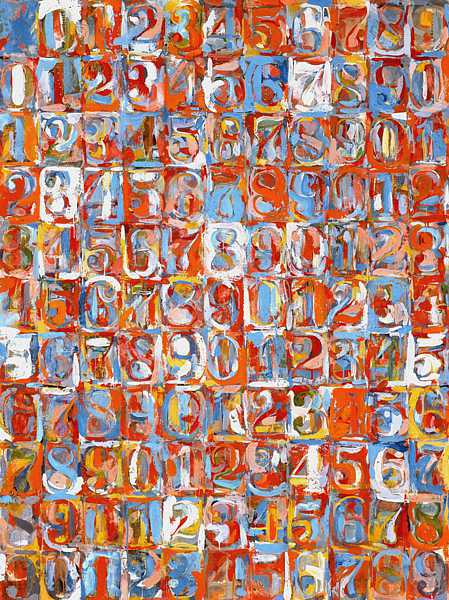
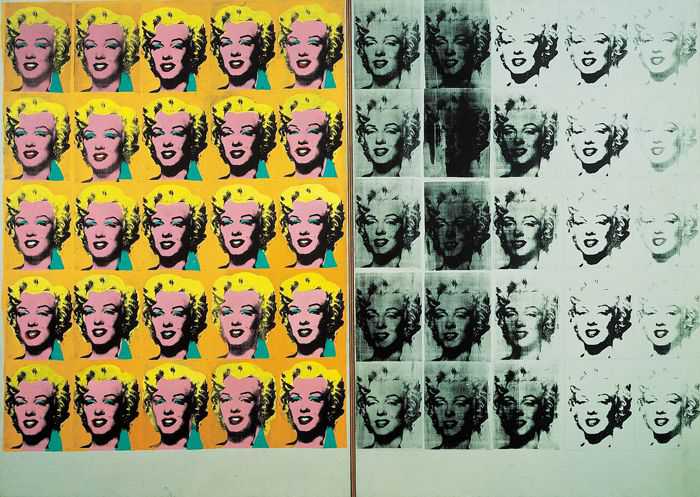

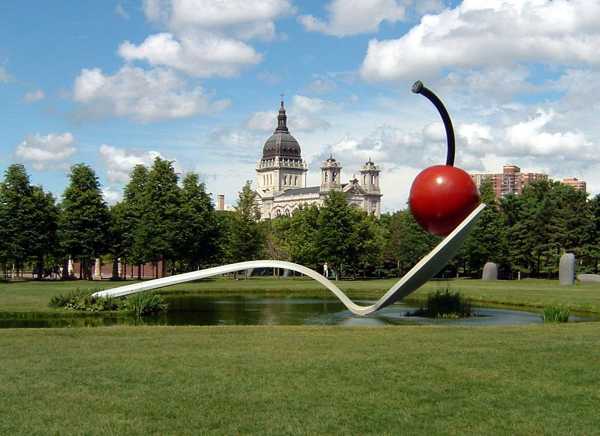
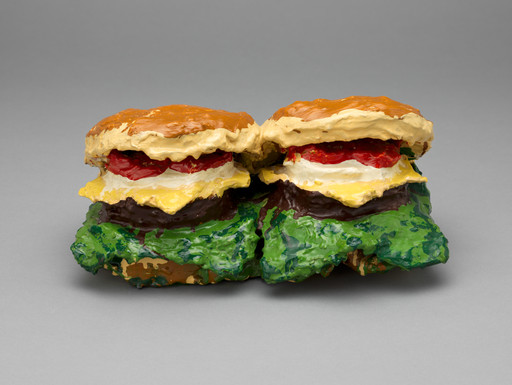
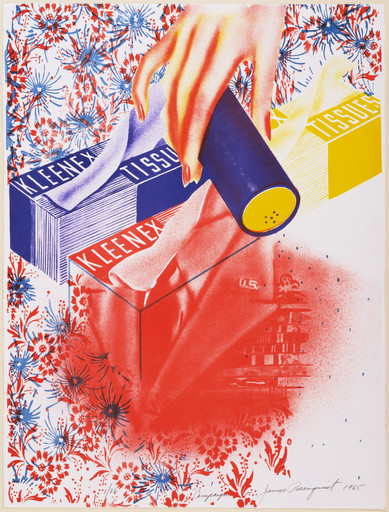
Pop art, art in which commonplace objects (such as comic strips, soup cans, road signs, and hamburgers) were used as subject matter and were often physically incorporated in the work.
The Pop art movement was largely a British and American cultural phenomenon of the late 1950s and ’60s and was named by the art critic Lawrence Alloway in reference to the prosaic iconography of its painting and sculpture. Works by such Pop artists as the Americans Roy Lichtenstein, Andy Warhol, Claes Oldenburg, Tom Wesselman, James Rosenquist, and Robert Indiana and the Britons David Hockney and Peter Blake, among others, were characterised by their portrayal of any and all aspects of popular culture that had a powerful impact on contemporary life; their iconography—taken from television, comic books, movie magazines, and all forms of advertising—was presented emphatically and objectively, without praise or condemnation but with overwhelming immediacy, and by means of the precise commercial techniques used by the media from which the iconography itself was borrowed. Pop art represented an attempt to return to a more objective, universally acceptable form of art after the dominance in both the United States and Europe of the highly personal Abstract Expressionism. It was also iconoclastic, rejecting both the supremacy of the “high art” of the past and the pretensions of other contemporary avant-garde art. Pop art became a cultural event because of its close reflection of a particular social situation and because its easily comprehensible images were immediately exploited by the mass media. Although the critics of Pop art described it as vulgar, sensational, nonaesthetic, and a joke, its proponents (a minority in the art world) saw it as an art that was democratic and nondiscriminatory, bringing together both connoisseurs and untrained viewers.